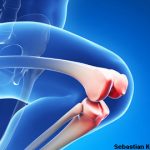In the next five to 10 years, the frequency of revision total knee arthroplasty is expected to grow 600%, due to the rise in obesity in the U.S. population and increase in primary knee replacement surgeries. Physicians can use different tools to help decrease the risk of premature implant failure and improve patient outcome…

